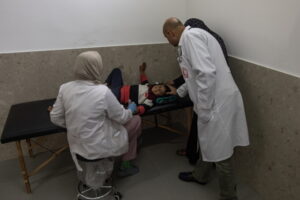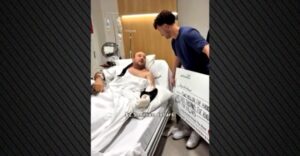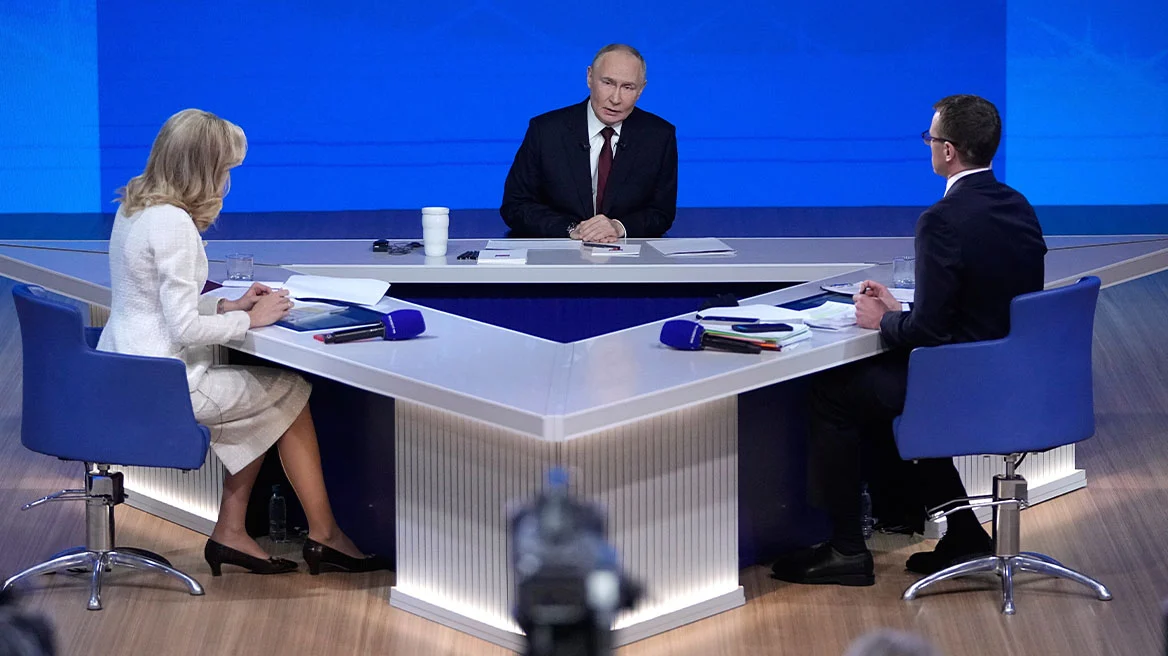Suni Williams and Barry Wilmore were initially supposed to stay on the ISS for only one week, but they have now been in space for nearly three months. This extended stay resulted from malfunctions in their spacecraft, making it uncertain when exactly they will return to Earth. NASA is now faced with one of the most challenging decisions in its history, with a deadline approaching at the end of the month.
Before the start of this test flight in early June, everything seemed to be going smoothly. The Starliner spacecraft safely delivered the two astronauts to the ISS, but then problems arose, including helium leaks and issues with some thrusters, leading to the cancellation of their return trip. Since then, Williams and Wilmore have been waiting on the space station.
NASA’s Tough Dilemma
NASA is now tasked with making a very critical decision: Will the two astronauts be able to return to Earth on the Starliner? NASA teams, along with Boeing, have been conducting various tests for weeks, both in space and on Earth. According to NASA’s Ken Bowersox, there has been “great work” but also some “painful discussions.”
The two most likely scenarios are either a risky return for the astronauts on the Starliner or transferring them to the Crew Dragon spacecraft. In the first case, the issues with the Starliner would need to be resolved—something that hasn’t happened yet.
In the other option, the Starliner could return to Earth without the two astronauts, which would require extensive changes and reprogramming of the spacecraft’s software. The Crew Dragon could then be launched with two astronauts instead of four to pick up Williams and Wilmore, with the crew ultimately returning to Earth in early 2025. However, in this case, the two astronauts would need new suits, as the ones they have are not suitable for the Crew Dragon.
“A Data-Driven Decision”
“We don’t want to make a decision based on emotion,” says Bowersox, “but solely based on the data.” The final decision rests with NASA Administrator Bill Nelson, who emphasized in a post on X that astronaut safety is the top priority.
Williams, 58, and Wilmore, 61, will have to wait even longer on the ISS. Even if they end up flying back on the Starliner, it won’t be before September at the earliest—while a return on the Crew Dragon could happen in February. Fortunately, both astronauts are experienced and have been in space before.
A Significant Help to the ISS
“In such test flights, you always know there’s a chance they could last longer,” says Joel Montalbano from NASA. “But the two astronauts are doing well and have integrated with the other crew members on the station.” He acknowledges, though, that “this is obviously tough for the crew members and their families. But they are professional astronauts and are doing a great job.”
Williams and Wilmore are providing valuable assistance to the ISS, as NASA frequently points out—although they also consume more supplies, such as food and hygiene products.
Does the Starliner Have a Future?
What’s the future of the Starliner? This spacecraft was designed by Boeing for NASA to transport astronauts to the ISS for several years, as a second alternative to SpaceX’s Crew Dragon, which has been in use for years.
The Starliner has encountered issues in the past. In 2019, during its first uncrewed test flight, the spacecraft didn’t even reach the ISS, and although the second flight in 2022 was successful, the spacecraft again experienced problems that led to a series of delays in its scheduled flights.
Bowersox emphasizes that NASA is committed to maintaining two transport systems. The problems can be resolved, and when that happens, “the Starliner’s future will be bright.”
Ask me anything
Explore related questions





